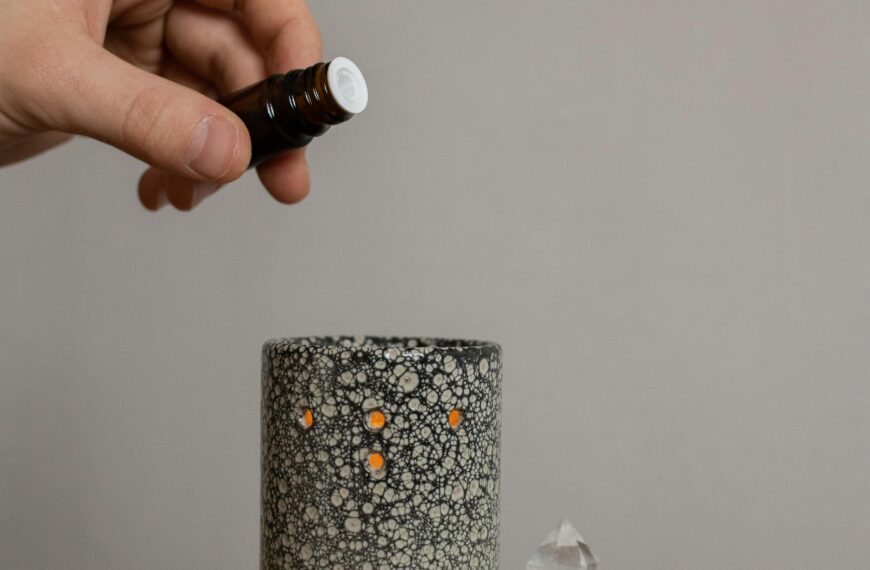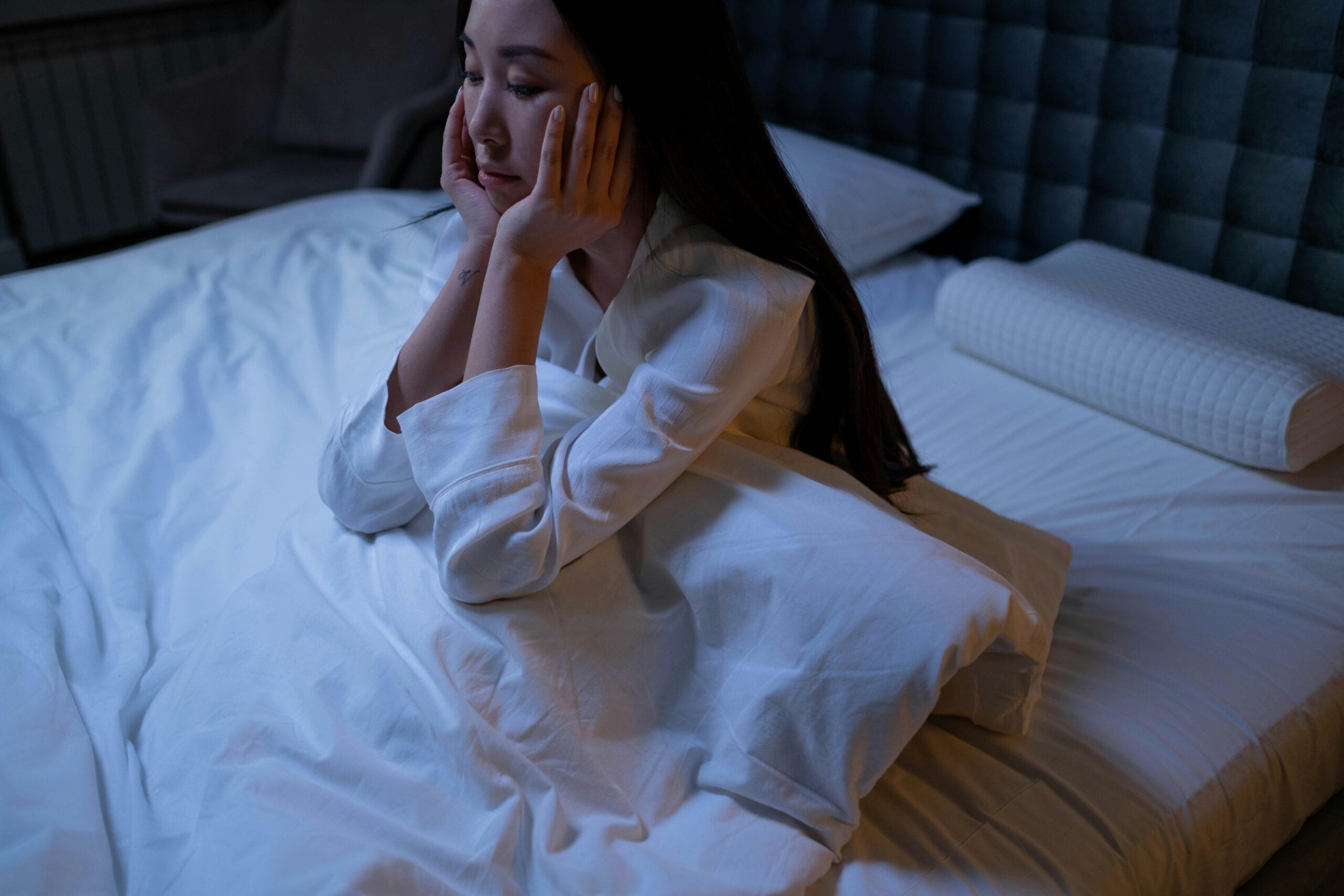In today’s hyperconnected world, constant exposure to screens and digital platforms can overwhelm our mental health. A digital detox—a deliberate break from technology—can rejuvenate your mind and body. This article explores the benefits of a digital detox and offers practical tips to unplug and recharge.
1. Why a Digital Detox Is Essential
Excessive screen time contributes to:
• Increased Stress: Notifications and multitasking elevate cortisol levels.
• Sleep Disruption: Blue light from screens disrupts melatonin production.
• Reduced Productivity: Constant interruptions affect focus.
• Social Disconnect: Over-reliance on virtual connections may weaken real-life relationships.
2. Key Benefits of a Digital Detox
• Improved Mental Health: Taking breaks reduces anxiety and boosts mood.
• Enhanced Sleep Quality: Limiting screen use before bedtime improves rest.
• Increased Focus: A detox helps you concentrate on tasks and creativity.
• Strengthened Relationships: More face-to-face interactions deepen bonds.

3. How to Start a Digital Detox
1. Set Clear Boundaries
• Define tech-free zones (e.g., bedroom, dining table).
• Schedule screen-free hours each day.
2. Practice Mindful Consumption
• Use apps that track screen time.
• Prioritize meaningful online interactions.
3. Reconnect with Offline Activities
• Engage in hobbies like reading, gardening, or art.
• Spend quality time with family and friends.
4. Establish a Tech-Free Morning Routine
• Begin the day without checking your phone for a stress-free start.
4. The Role of Social Media in Digital Overload
Social media is often the main culprit behind digital fatigue. Consider:
• Limiting Time: Allocate a fixed amount of time for social platforms.
• Unfollowing Stressful Accounts: Focus on content that uplifts and inspires.
A digital detox isn’t about abandoning technology altogether; it’s about regaining control. By setting boundaries and prioritizing offline experiences, you can restore balance and nurture your mental well-being.















